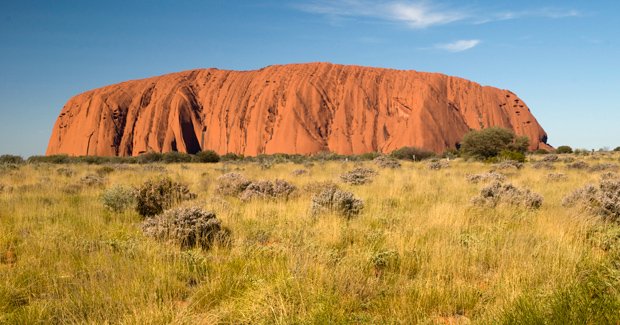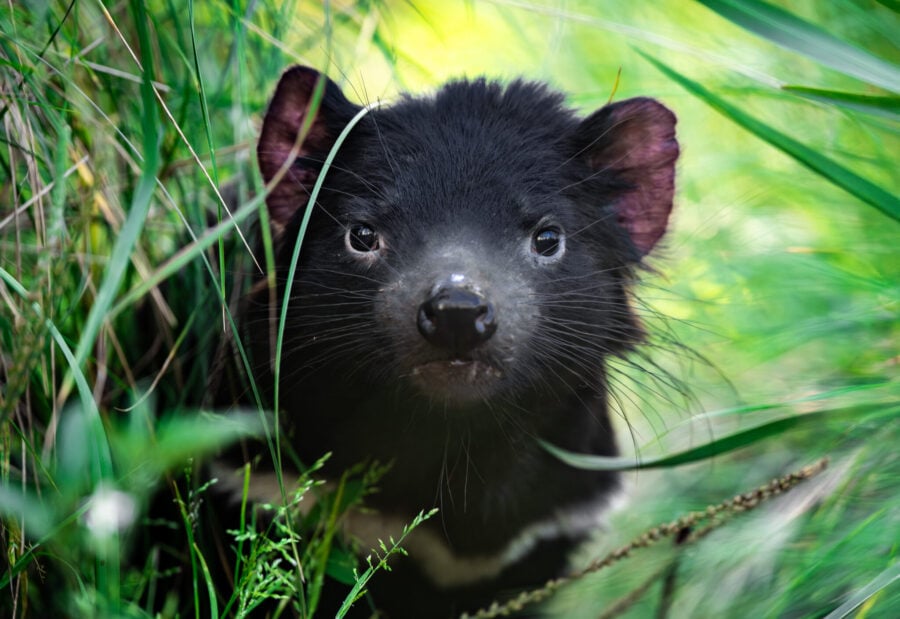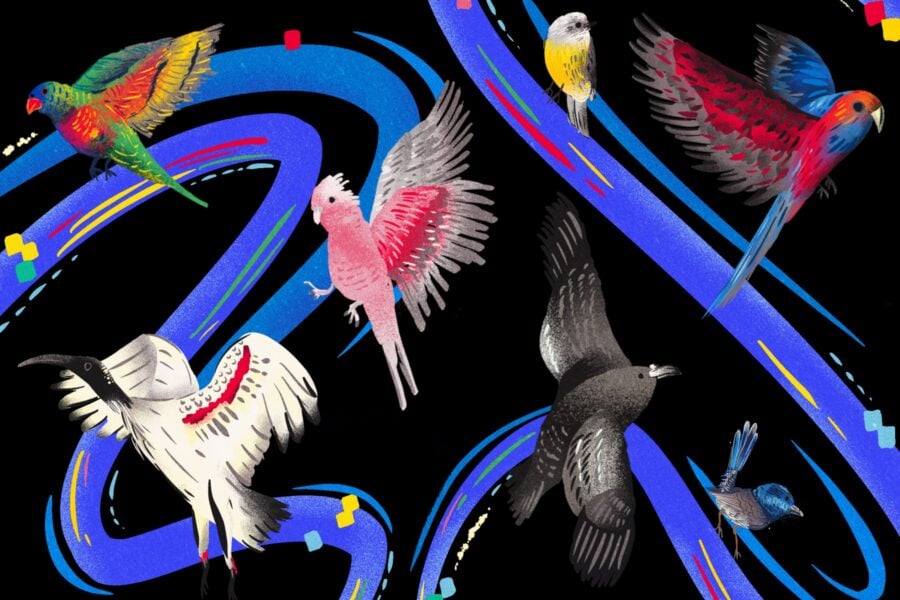Native animals should be rechristened with their Aboriginal names

NAMES CAN BE as interesting as the animals they describe. In Australia they are often evocative and onomatopoeic, and have evolved from Aboriginal terms – names such as: bilby, currawong, dingo, quoll, wobbegong and yabby.
In recent years, I’m happy to say, there’s been a push for even more of our native fauna to have their Aboriginal names officially applied to them; these are often more appropriate, and came about through Aboriginal experiences interacting with them.
Europeans arriving in the past few centuries bequeathed a multitude of their own names to these creatures, often doubling up with animals from home, using names of unrelated species that they were familiar with such as magpies, robins, cats, bears and moles. These labels of predominantly English origin are not only taxonomically inaccurate, they also sound rather dull alongside titles such as wallaroo and quokka.
The process of renaming our native animals
Names of Aboriginal origin are as endemically Australian as the animals they describe and they also provide each species with a well-defined identity. Of late, several species have been rechristened – these include the djoongari, formerly the Shark Bay mouse (Pseudomys fieldi), and the rakali, previously the water-rat (Hydromys chrysogaster).
This is encouraging, but I think we can do much better, and of all Australian species, the one that is maligned by the unkindest misnomer of all is the Tasmanian devil. It is disappointing that no Aboriginal synonym has previously been put forward as a replacement for this.
In their book Tasmanian Devil: A Unique and Threatened Animal, authors David Owen and David Pemberton listed some names from Aboriginal languages recorded by Europeans soon after colonisation – these included: tarrabah, poirinnah and par-loo-mer-rer. Spellings vary and other versions include tardiba and purinina – this latter variation is the one that has already gained acceptance among some Australians.
‘Purinina’ was the name chosen for the Tasmanian devil by the Palawa kani project, created in 1999 with the aim of synthesising the vestiges of Tasmanian languages for use as a lingua franca and as a keystone for Aboriginal identity. Purinina: A Devil’s Tale was also the title of a 2007 children’s book about devils by author Christina Booth.
I think it would be a very fitting tribute to now-extinct Tasmanian languages if at least one of their words became immortalised in common parlance, and it would do wonders for the reputation of a species, currently dubbed with a name linked to a demonic mythological figure.
The renaming of Australia’s iconic landmarks
As with Australian landmarks and national parks that have been given back their Aboriginal names, I would expect the English name to be used in tandem for a while, gradually diminishing over time, while retaining its historical and sociological value. Unfortunately, there’s nothing to be done about the species’ equally unappealing generic name, Sarcophilus, meaning ‘flesh-lover’.

Uluru was given its Aboriginal name officially in 1993. (Image Credit: Carolyn Barry)
As support for renaming grows, I believe that eventually many native Australian animals should be accorded the Aboriginal names once used more widely. Hundreds of birds with clumsily hyphenated names such as magpie-lark, cuckoo-shrike and quail-thrush would benefit from renaming. For example, the brush turkey would be reborn as the gweela, the grey shrike-thrush as the koodelong, and the malleefowl as the lowan.
The magpie certainly deserves a name as lyrical as its song. Considering it’s a widespread species in a land of many hundreds of Aboriginal languages, there is no shortage of options to choose from. Perhaps a committee of experts, working along the lines of the Palawa-kani project, could decide, although personally I’d choose the Nyungar ‘coolbardie’.
I hope that one day we might all sound as musical as the wildlife, as we walk through the bush and point out gweela, koodelong and coolbardie. And in Tasmania, if we’re very lucky, we might even be fortunate enough to spot the beautiful purinina.




